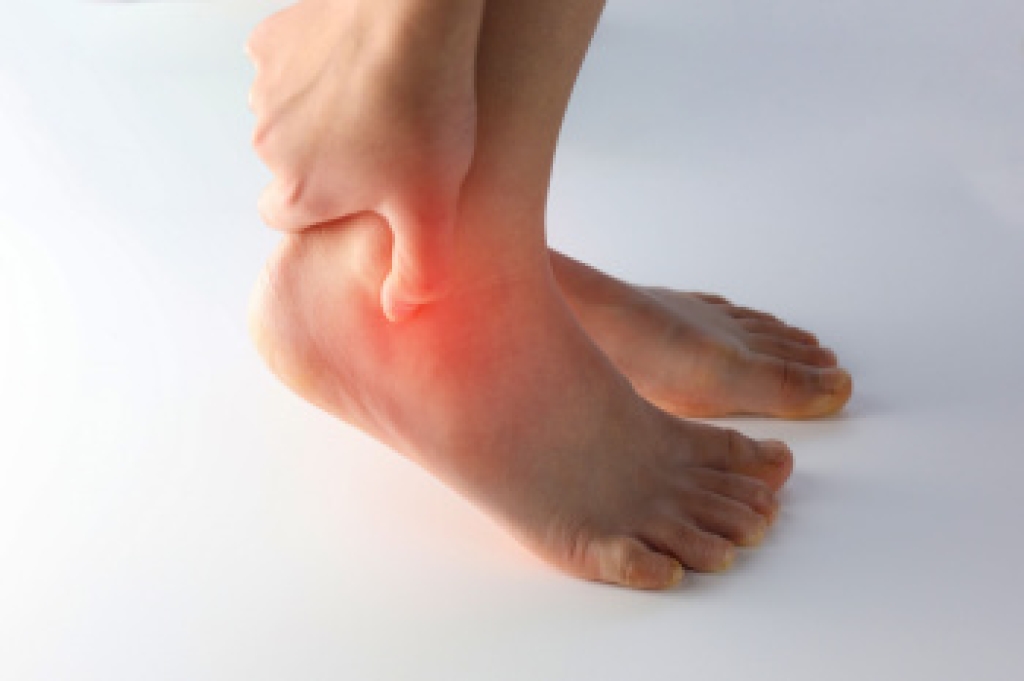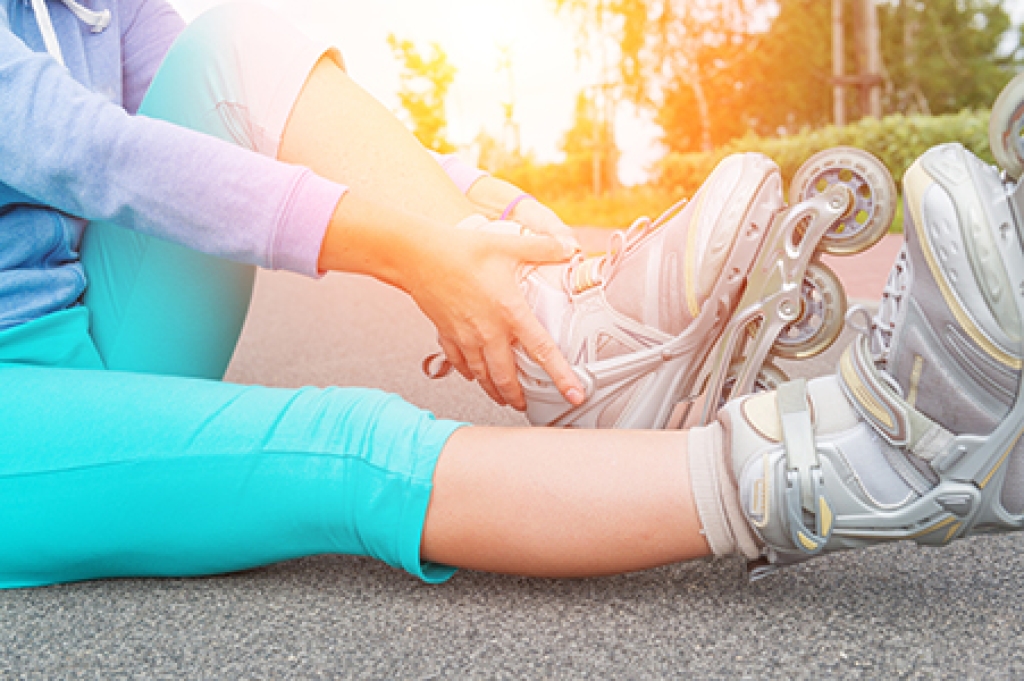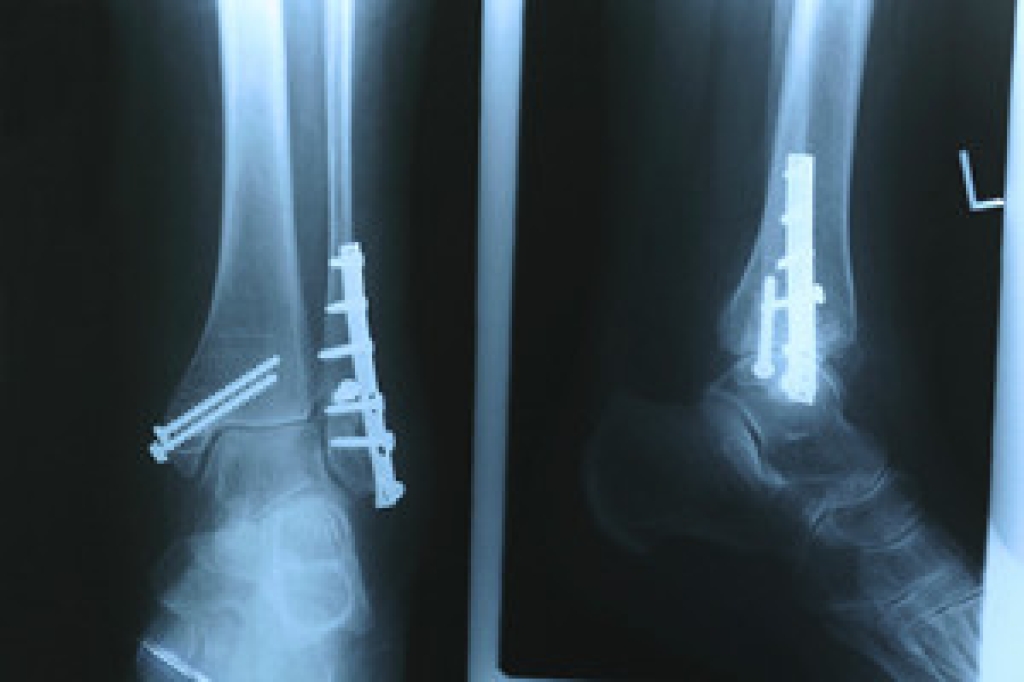
Peroneal tendinitis occurs when the tendons running along the outer ankle become inflamed or weakened due to overuse, repetitive strain, or injury. These tendons, which connect the peroneal muscles to the bones of the foot, help stabilize the ankle, point the foot downward, and turn it outward. People with high arches, a history of ankle sprains, or those who frequently engage in running or sports involving quick pivoting are at a higher risk. Symptoms include gradual pain on the outer ankle that worsens with activity, stiffness in the morning, and discomfort when the foot is turned inward. A podiatrist can diagnose peroneal tendinitis through an examination and imaging, and provide treatment to reduce inflammation, correct abnormal foot mechanics, and restore tendon strength. In more severe cases, immobilization or surgery may be required if the tendon has significant tearing. If you have symptoms of peroneal tendinitis, it is suggested that you schedule an appointment with a podiatrist for an exam and appropriate treatment.
Ankle pain can have many different causes and the pain may potentially be serious. If you have ankle pain, consult with Edward Fryman, DPM, FACFAOM from Seaford Foot Care Center. Our doctor will assess your condition and provide you with quality foot and ankle treatment.
Ankle pain is any condition that causes pain in the ankle. Due to the fact that the ankle consists of tendons, muscles, bones, and ligaments, ankle pain can come from a number of different conditions.
Causes
The most common causes of ankle pain include:
- Types of arthritis (rheumatoid, osteoarthritis, and gout)
- Ankle sprains
- Broken ankles
- Achilles tendinitis
- Achilles tendon rupture
- Stress fractures
- Tarsal tunnel syndrome
- Plantar fasciitis
Symptoms
Symptoms of ankle injury vary based upon the condition. Pain may include general pain and discomfort, swelling, aching, redness, bruising, burning or stabbing sensations, and/or loss of sensation.
Diagnosis
Due to the wide variety of potential causes of ankle pain, podiatrists will utilize a number of different methods to properly diagnose ankle pain. This can include asking for personal and family medical histories and of any recent injuries. Further diagnosis may include sensation tests, a physical examination, and potentially x-rays or other imaging tests.
Treatment
Just as the range of causes varies widely, so do treatments. Some more common treatments are rest, ice packs, keeping pressure off the foot, orthotics and braces, medication for inflammation and pain, and surgery.
If you have any questions please feel free to contact our office located in Seaford, and Bethpage, NY . We offer the newest diagnostic tools and technology to treat your foot and ankle needs.




